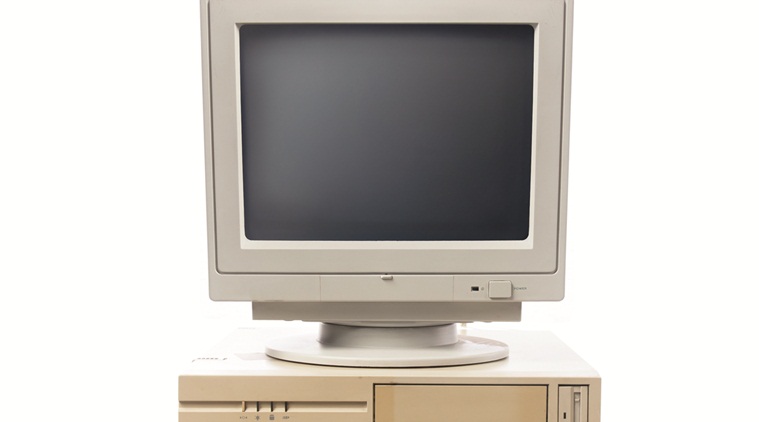A Computer for Grown-Ups
The machines that we live with have been designed like toys for children, given to us to play and be distracted with.
 Is it necessary for our computers to insist on being cute and, in the process, hide what goes on beneath the surface?
Is it necessary for our computers to insist on being cute and, in the process, hide what goes on beneath the surface?
I was recently in conversation with a bunch of high-school students who have formed their hacker club in school and are building their first computer together. I was fascinated that when everything is a click away and things are customised to death, a handful of young people were trying to build their own open-source computer. They knew that the computer they design, using cheap assembly parts and processors will never be as fast as the power machines that we find in the markets. They were aware that their final product is going to be nowhere as slick as we expect our modern computers to be. One of them joked that they are building the computer of the 1980s — it was going to be big, heavy and clunky. They also knew that for the time and energy that they were going to spend in building this computer, beginning with watching umpteen videos on the web, to sourcing the material, and then the actual process of assembly and compilation, the return on investment was very low.
And yet, these six teenagers had taken upon themselves to build their own machine. I was curious about the reasons, and what they told me, inspired me to write about them today. “The computers that we have today, treat us like children,” one of them said. The others agreed. “They are given to us as toys. Like here is a computer, now play with it,” said another. “But it is not a toy. We do more with computers than play with them. And we decided that if the computers keep on making us into children, we will just be adults and build our own machine. It doesn’t have to be cute. It doesn’t have to be sexy. We just want to be in control of it, so that we know what is happening behind it.”
The sentiment they express is admirable and inspiring to me. Because I see a grain of truth in what they say. The machines that we live with have long since stopped being just tools. They are our companions. And with the emergence of the Graphical User Interface, these machines have constantly been designed like toys for young kids, given to us to play and be distracted with. If we look at the number of cute animals that surround us on different social media platforms, from the Twitter bird to the Android robot, from the Firefox Fox to the Linux Penguin, it is worth realising that we are being invited to talk to our machines through the same interfaces and signage that we have designed for children. It is no wonder, then, that such a lot of our time on the social web is also spent in infantile activities that include countless hours spent on sharing pictures of cute cats, incessant social media presence, and often bullying in the form of trolling. The cyberspace has become an infantile space, where we need continued monitoring, and an occasional rap on the desk when things go out of hand.
Conversations with these teenagers suddenly reminded me that the world of touch, design, interactivity and intuition that marks the current wave of the web, not only hides the more complex mechanisms of the digital but also continues to treat us as “boys with their toys”, encouraging us to tinker and play rather than critically think or examine the digital webs which we so happily occupy.
Historically, the GUI emerged because of the need to democratise the computer. It was necessary to make a human readable interface which would rescue the computer from science geeks and make it available to everyday people for their quotidian practices. And indeed, the presence of the GUI remains a powerful way of making computing practices accessible to people who might be differently literate or cannot take digital fluency for granted. I also see the use of a visual vocabulary that is easy to use and is non-threatening to first users of computing, who encounter it with a feeling of apprehension and excitement.
And yet, it makes me wonder if this vocabulary has to be so infantalising. Is it necessary for our computers to insist on being cute and in the process hide what goes on beneath the surface? Are cuteness of design and ease of access the only intentions of the computer? For these young hackers, the lack of control that the off-the-shelf computer insisted on was a moment of irritation and they wanted the most important devices in their lives to be more than toys. It was a lesson well learned as an adult. While I am glad to have an inner child in me, that child still doesn’t have to be an infant, and that it might be a good idea to demand that I be in more control of my computers and my apps. That it might be a good idea to not let the digital proprietary companies be my nannies who supervise me as I play games on my digital devices.
Nishant Shah is a professor of new media and the co-founder of The Centre for Internet & Society, Bangalore
- 01
- 02
- 03
- 04
- 05



























